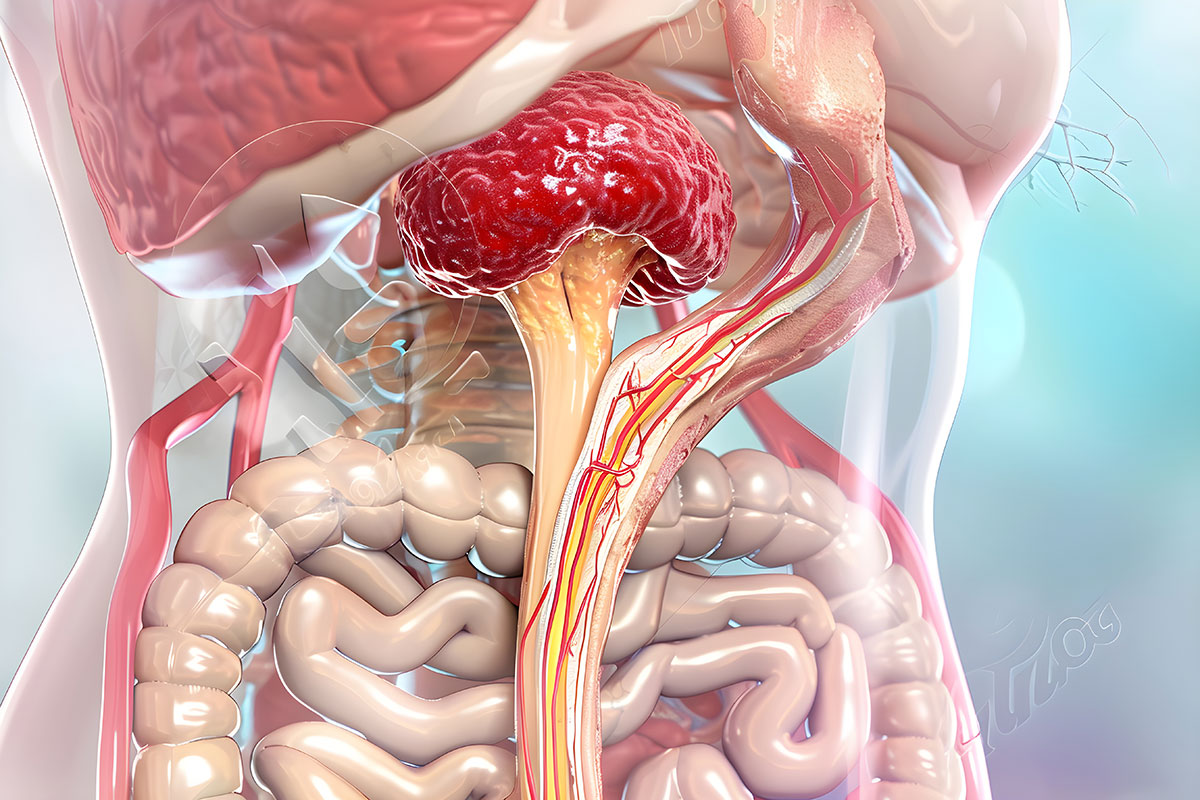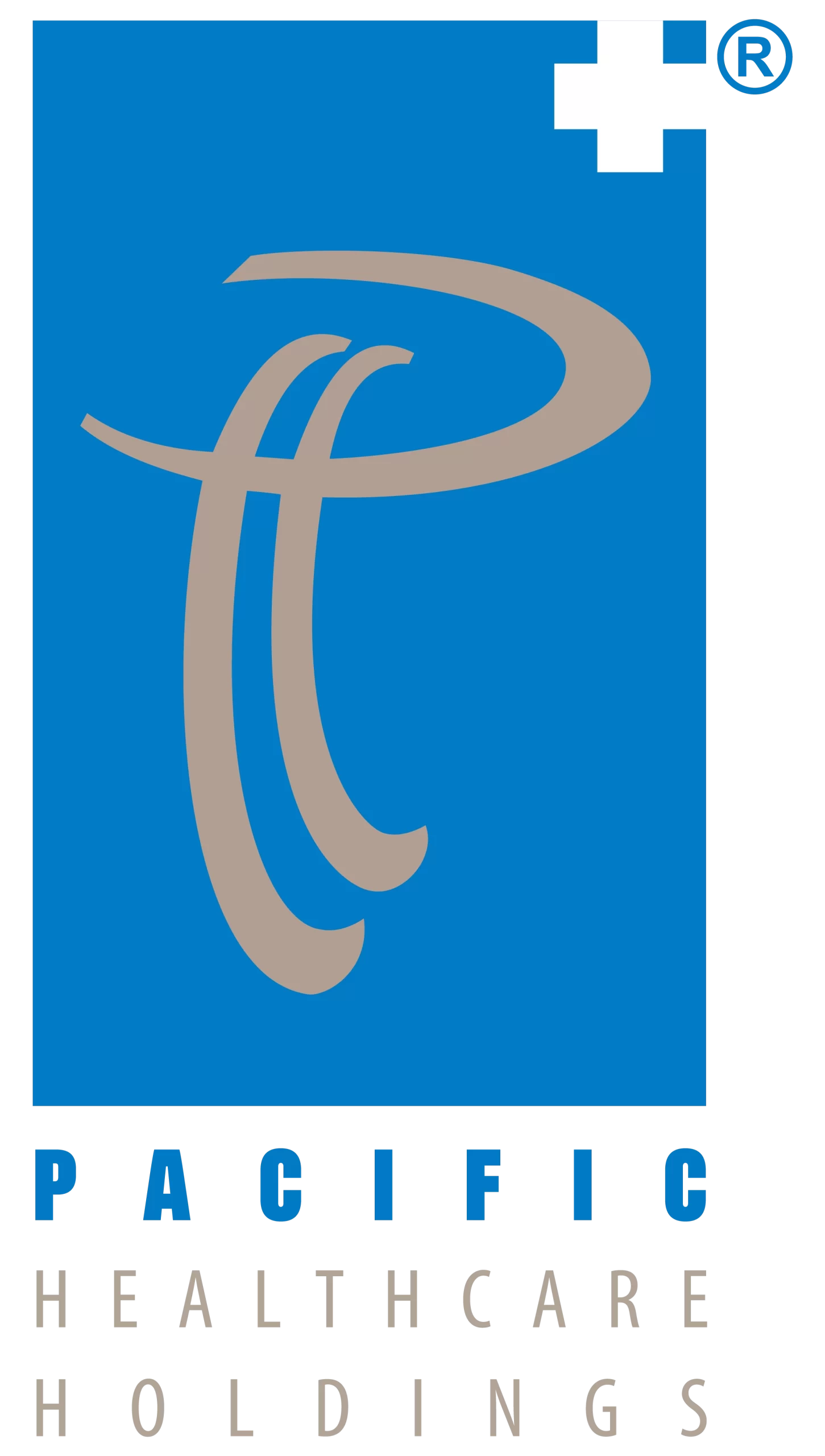
If you’ve been experiencing unusually heavy periods, constant bloating or unexplained pelvic pressure, fibroids could be the hidden culprit. Yet many women may not seek a diagnosis until the symptoms start interfering with their daily life or fertility plans.
Whether you’ve just been diagnosed, suspect you may have fibroids or simply want to understand your risks of developing this condition, this guide is for you. We’ll walk you through the causes and common signs of fibroids, before sharing the treatment options available in Singapore.
What Are Uterine Fibroids?
Uterine fibroids, also known as leiomyomas or myomas, are benign tumours arising from the smooth muscle cells of the uterus. They vary in:
- Size: Ranging from microscopic seedlings to masses larger than a grapefruit.
- Location:
- Intramural: Within the uterine wall (most common).
- Subserosal: Projecting to the outside of the uterus.
- Submucosal: Bulging into the uterine cavity.
- Number: A woman may have a single fibroid or multiple growths.
How Common Are Fibroids Among Women in Singapore?
Fibroids are highly prevalent worldwide, and Singapore is no exception.
- These non-cancerous growths in the uterus are one of the most prevalent gynaecological conditions, affecting about 20-30% of women.
- More than 50% of women are estimated to develop fibroids by the age of 50.
Despite their prevalence, many women remain undiagnosed due to mild or non‑existent symptoms. Regular health screenings, such as annual gynaecological checks, can help you detect fibroids early.
Causes and Risk Factors of Fibroids
The precise cause of fibroids remains unclear, but several factors contribute to their development:
- Hormonal influence: Estrogen and progesterone promote fibroid growth. Fibroids often shrink after menopause, when hormone levels fall.
- Genetic predisposition: Family history increases risk—if your mother or sister has fibroids, you’re more likely to develop them.
- Age: Risk increases during reproductive years, peaking in the 40s.
- Obesity: Higher body mass index (BMI) correlates with elevated estrogen levels.
- Diet and lifestyle: Diets high in red meat and low in green vegetables may slightly increase risk; conversely, maintaining a balanced diet and active lifestyle offers protective benefits.
Common Symptoms of Fibroids
Many women with fibroids experience no symptoms at all. When symptoms do occur, they may include:
- Heavy or Prolonged Menstrual Bleeding: Soaking through pads or tampons, or bleeding longer than a week.
- Pelvic Pressure or Pain: A constant ache or pressure in the lower abdomen; sometimes radiating to the back or legs.
- Frequent Urination: Larger fibroids can press on the bladder, causing urgency.
- Constipation and Bloating: Pressure on the rectum or intestines may lead to digestive discomfort.
- Pain During Intercourse: Depending on fibroid location, sex can become painful or uncomfortable.
- Reproductive Issues: Difficulty conceiving, recurrent miscarriages, or complications during pregnancy.
If you experience any of these symptoms, tracking their frequency and severity can aid your doctor in diagnosing your condition and planning your treatment.
How Fibroids Are Diagnosed in Singapore
Diagnosis typically begins with a thorough medical history and physical examination:
- Pelvic Examination
- Manual palpation to detect irregularities in uterine size or shape.
- Ultrasound Scan
- Transvaginal or abdominal ultrasound visualises fibroid size, number, and location.
- Magnetic Resonance Imaging (MRI)
- Used for complex cases or when detailed mapping is required before surgery.
- Hysteroscopy
- A small camera inserted through the cervix to inspect the uterine lining—particularly useful for submucosal fibroids.
- Hysterosalpingography
- X‑ray with contrast dye to evaluate uterine cavity and fallopian tubes; sometimes used in fertility assessments.
Your doctor will recommend the most appropriate tests based on your symptoms and overall health.
Treatment Options Available in Singapore
Treatment for fibroids depends on factors such as symptom severity, fibroid size and location, and whether you want to have kids after your procedure.
Watchful Waiting (Monitoring)
- Best for: Small, asymptomatic fibroids.
- Approach: Regular ultrasounds and doctor consultations every 6–12 months.
- Goal: Monitor growth and symptom development; intervene only if necessary.
Medications
- Hormonal Therapy:
- Gonadotropin‑releasing hormone (GnRH) agonists temporarily shrink fibroids by inducing a menopausal state.
- Oral contraceptives regulate menstrual bleeding and reduce pain.
- Tranexamic acid reduces heavy menstrual bleeding.
- Non‑hormonal Pain Relief: NSAIDs (e.g., ibuprofen) help manage cramps and pelvic pain.
Medications can alleviate symptoms but may not eliminate fibroids entirely.
Non‑Surgical Procedures
- Uterine Artery Embolisation (UAE)
- A minimally invasive radiological procedure that blocks blood flow to fibroids, causing them to shrink.
- Usually performed under local anesthesia; recovery within 1–2 weeks.
- MRI‑Guided Focused Ultrasound Surgery (FUS)
- High‑intensity ultrasound waves destroy fibroid tissue under MRI guidance.
- Suitable for selected cases; day‑procedure with quick recovery.
Surgical Treatments
- Myomectomy
- Surgical removal of fibroids while preserving the uterus.
- Approaches include hysteroscopic (via the cervix), laparoscopic (keyhole), or open abdominal surgery.
- Recommended for women wishing to maintain fertility.
- Hysterectomy
- Complete removal of the uterus; definitive treatment with zero recurrence risk.
- Can be performed abdominally, vaginally, or laparoscopically.
- Considered for women who have completed childbearing or when fibroids are very large.
Deciding on a treatment involves weighing risks, benefits and your personal reproductive plans. A specialist in women’s health can guide you in your decision.
Fibroids and Fertility
Fibroids can interfere with fertility in several ways:
- Distorted Uterine Cavity: Submucosal fibroids can impede embryo implantation.
- Blocked Fallopian Tubes: Large fibroids may press on or distort tubes.
- Altered Blood Flow: Reduced blood supply to endometrial lining affects embryo growth.
- Inflammation and Hormonal Changes: Local inflammatory responses may impair fertility.
Despite these difficulties, many women with fibroids conceive and carry to term successfully. The key is getting help early and from a doctor with experience in women’s health.
When Should You See a Doctor?
While fibroid are benign, they can still affect your quality of life. In some cases, they can even be debilitating. You should consult your doctor if you experience:
- Heavy menstrual bleeding disrupting daily life
- Severe pelvic pain or pressure
- Unexplained changes in bathroom habits (urination or bowel movements)
- Difficulty conceiving after one year of unprotected intercourse (or six months if over 35)
- Rapidly growing abdominal mass
Get Fibroid Care in Singapore
Every woman is at a different stage of life and their fibroid treatment needs to be tailored to their needs. At Pacific Healthcare Specialist Centre Women’s Clinic, we take this seriously. That’s why we offer a range of fibroid treatments in Singapore, from medical management to minimally invasive and surgical solutions
Don’t let fibroids control your life. Book a consultation with Pacific Healthcare Specialist Centre Women’s Clinic today and take the first step toward relief and better reproductive health.


